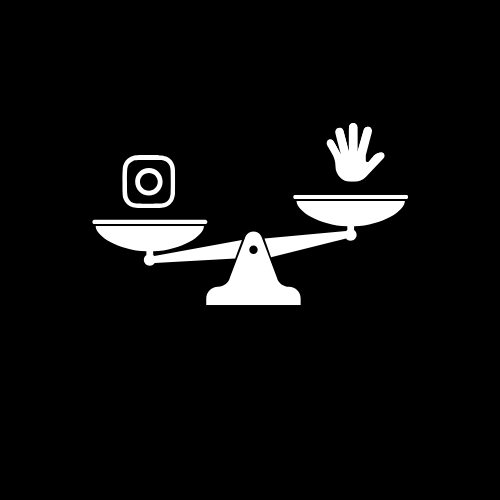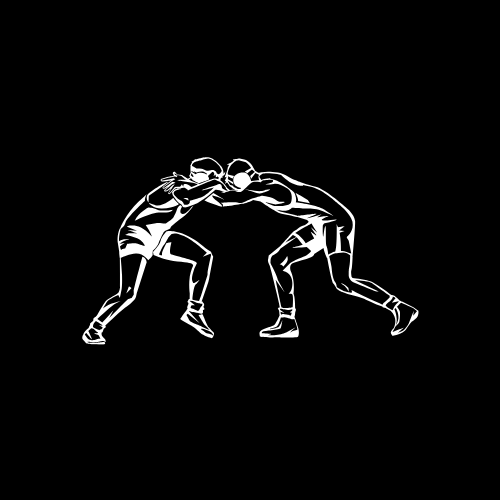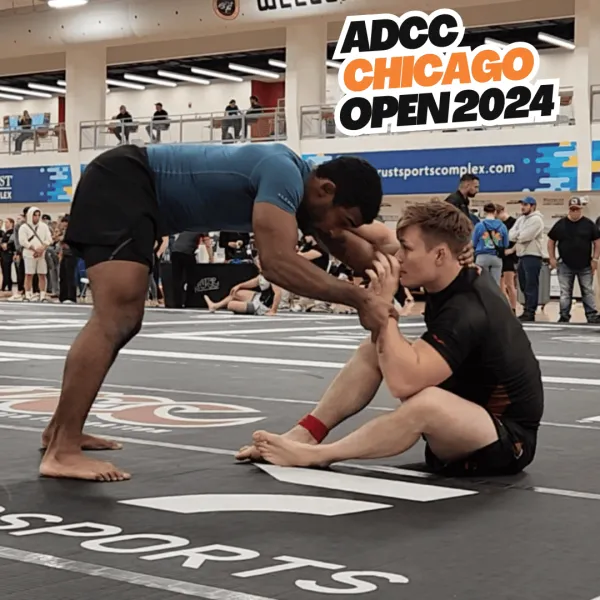A Systematic Approach to Hand Fighting for Jiu Jitsu Beginners
Hand fighting is the hardest concept in wrestling to teach to beginners. But it's essential to go from good to great!

Hand fighting can feel chaotic for beginners — but it doesn't have to. Here’s a structured system for learning how to grip, move, and attack with purpose.
🎥 Watch the full breakdown here:
YouTube: My Step by Step Hand Fighting System (Perfect for Jiu Jitsu Beginners)
Why Hand Fighting is the Hardest—and Most Important—Skill to Build
I remember my first hand fighting experience. I was 70 lbs, in a middle school singlet, getting my head bounced off the mat and walking off bloodied with a tampon in my nose.
Not my best moment — but it’s the moment that made me realize: hand fighting matters.
If you're serious about your standup game in jiu jitsu, this is where it starts.
It’s awkward at first. It’s not intuitive.
But it’s the difference between reacting and controlling.
What Is Hand Fighting?
Hand fighting is the strategic battle for grips, space, and control. It’s how you:
- Clear your opponent’s tie
- Establish your own
- Create attacks through movement and pressure
At its core, it's a four-step loop:
- Initiate contact or clear their tie
- Get your preferred tie-up
- Set up your takedown or guard entry
- Execute
The most important ingredient? Intention.
Beginners often flail and slap — and that’s okay at first. But we want to turn that chaos into craft.
Why Hand Fighting Matters in Jiu Jitsu
- Determines who controls the standup
- Helps you grip before they do
- Sets up clean takedowns or guard pulls
- Keeps your opponent out of position
- Builds spatial awareness and timing
Most importantly:
Hand fighting makes you proactive, not reactive.
My Approach: Depth Over Breadth
It’s better to have 100 setups for one attack than a bunch of attacks with barely any setups. – Seth Gross
Instead of learning 10 random techniques, you’ll learn to:
- Master 3 key ties that suit your game
- Clear the most common grip positions
- Drill 2–3 setups into a single or double leg
That’s it. But the reps will make you dangerous.
How I Teach: The Technique-to-Game Flow
Every session I run follows a simple progression:
- Teach the technique (in under 10 minutes)
- Drill at progressive resistance (25%, 50%, 75%, 100%)
- Apply in live constraint-based games
→ These are scenarios that force you to use what you learned under pressure
This approach is one I'm still tinkering with, but have found success with so far.
What You’ll Learn in This Series
My full hand fighting system follows this path:
- Master stance and initial contact
- Learn the 6 essential tie-ups + how to clear them
- Connect it all to your single + double leg
- Develop your personal flow + style
Track Your Improvements
Download the free Hand Fighting Checklist for Jiu Jitsu Beginners to track your hand fighting progression.




